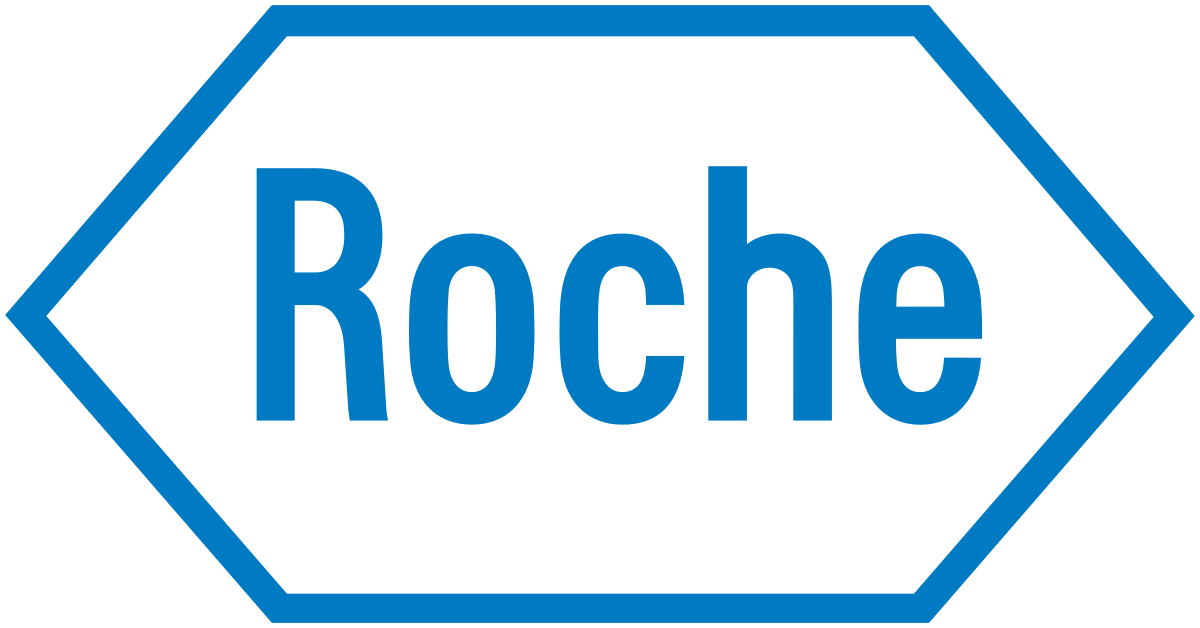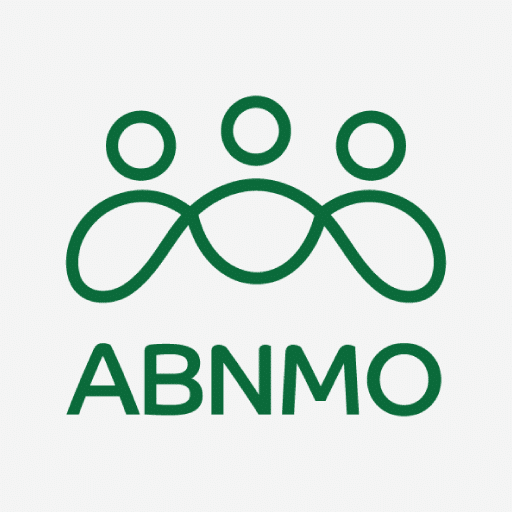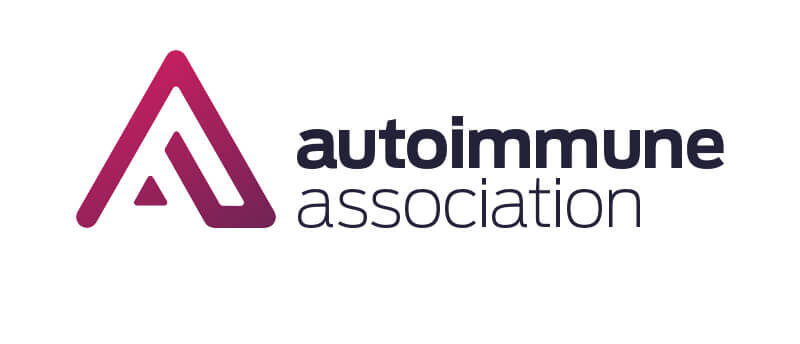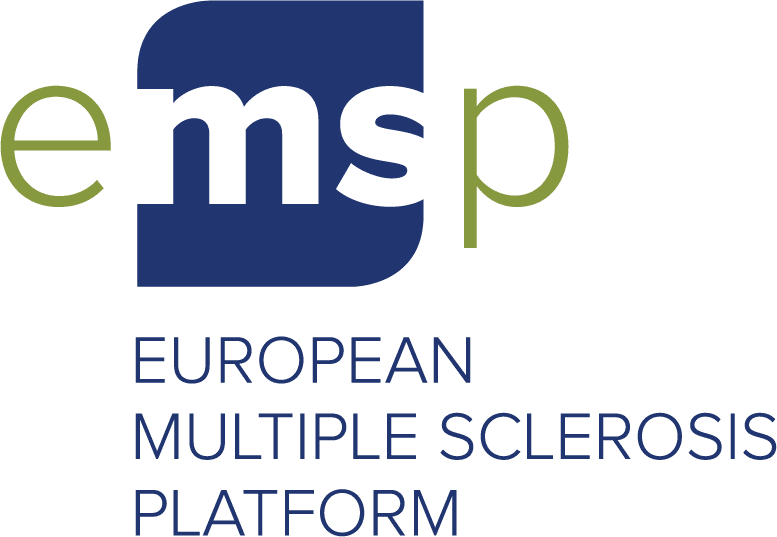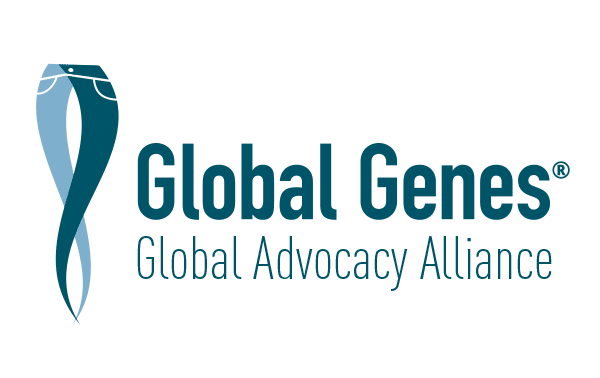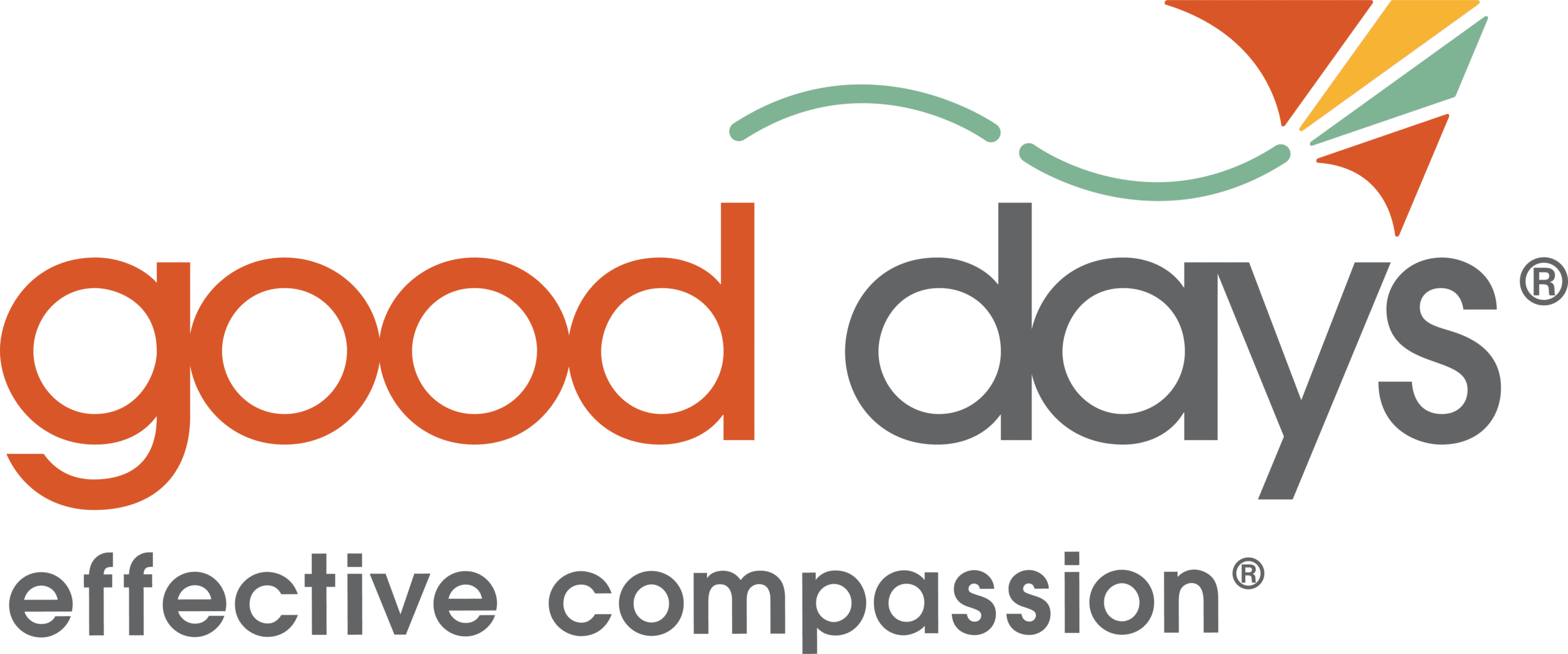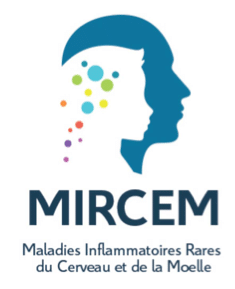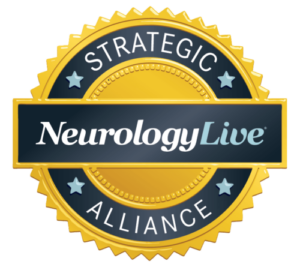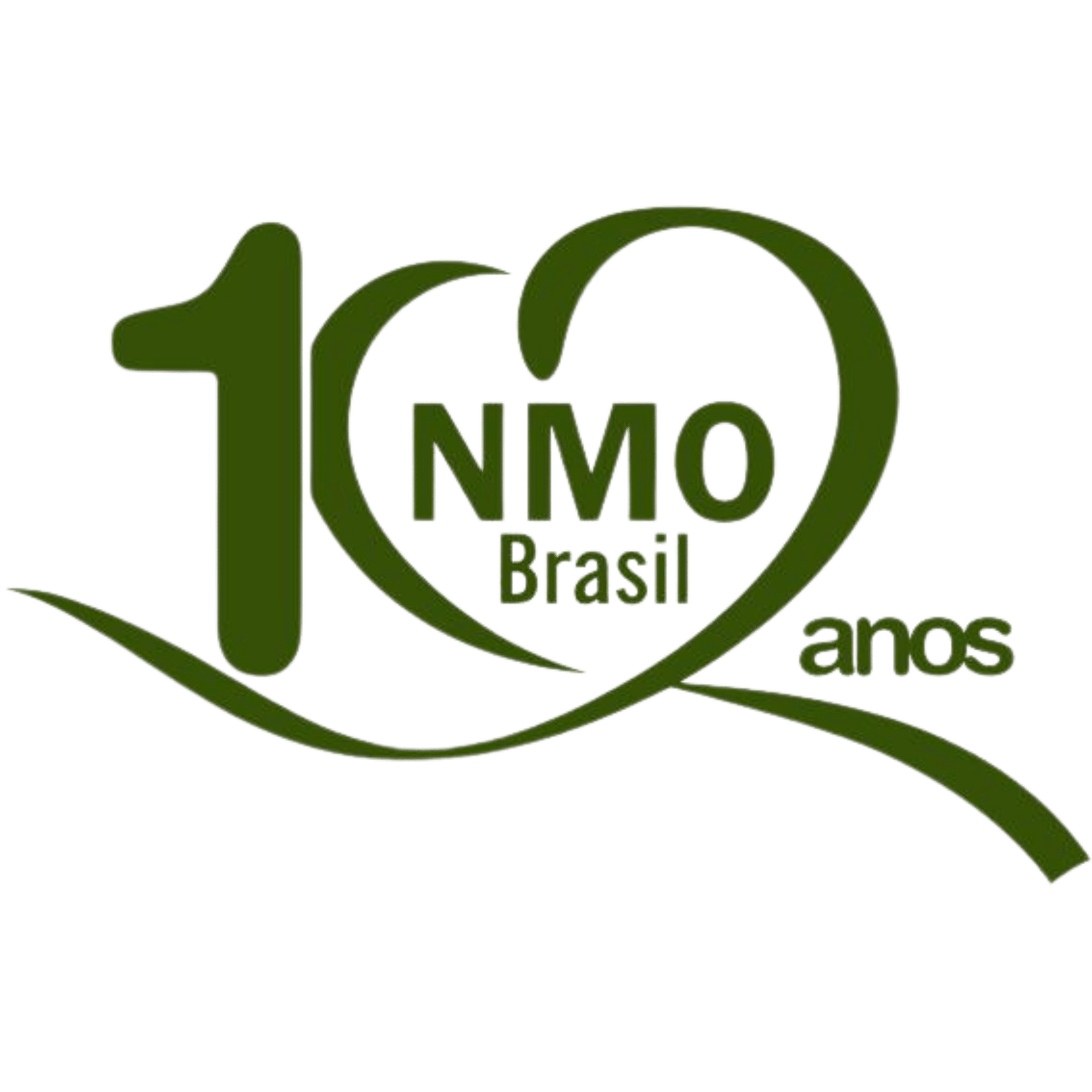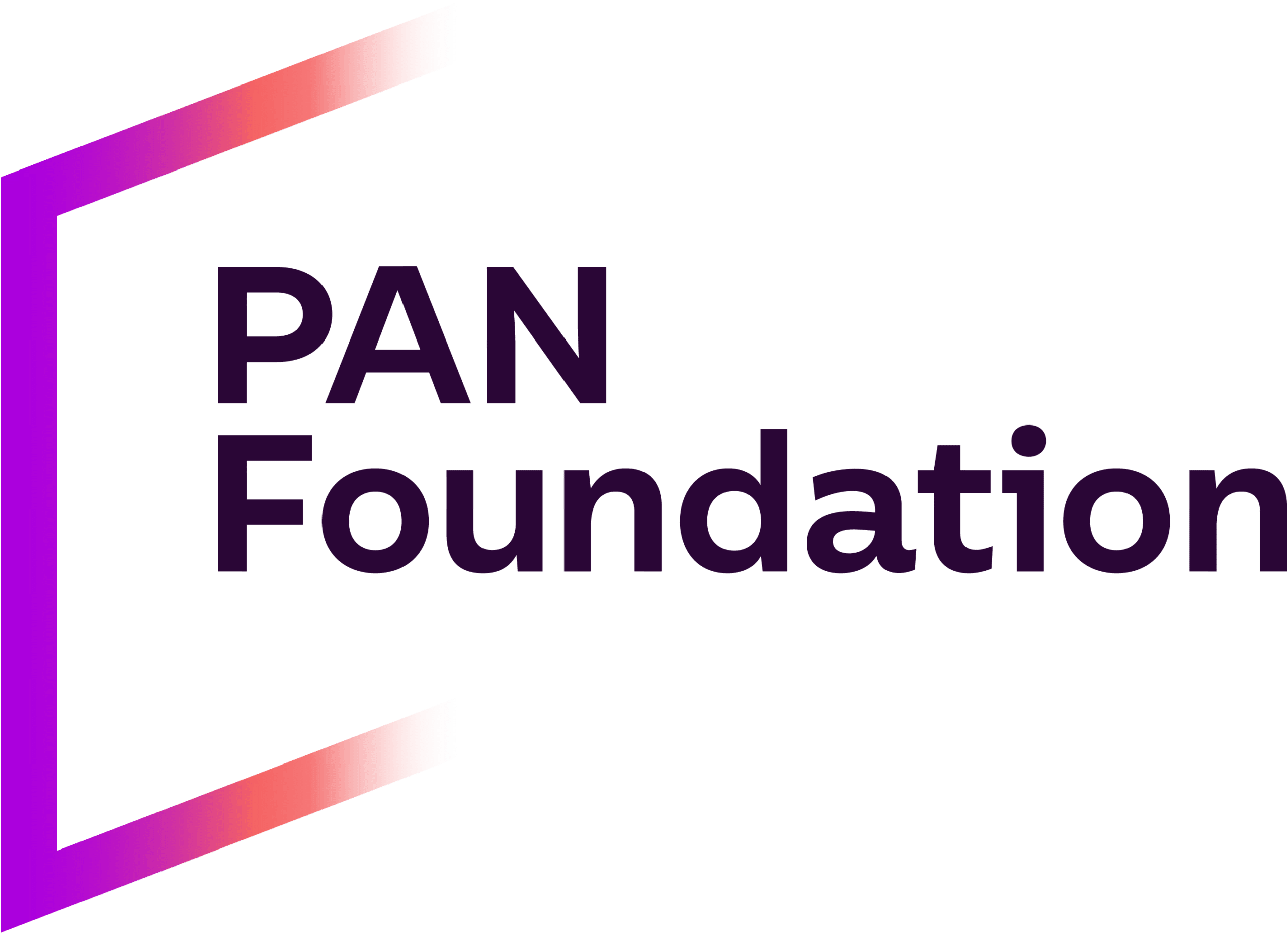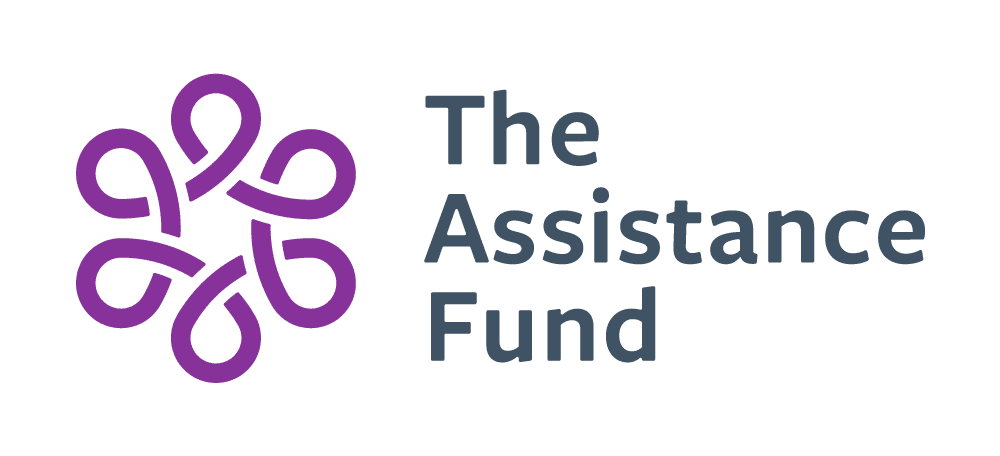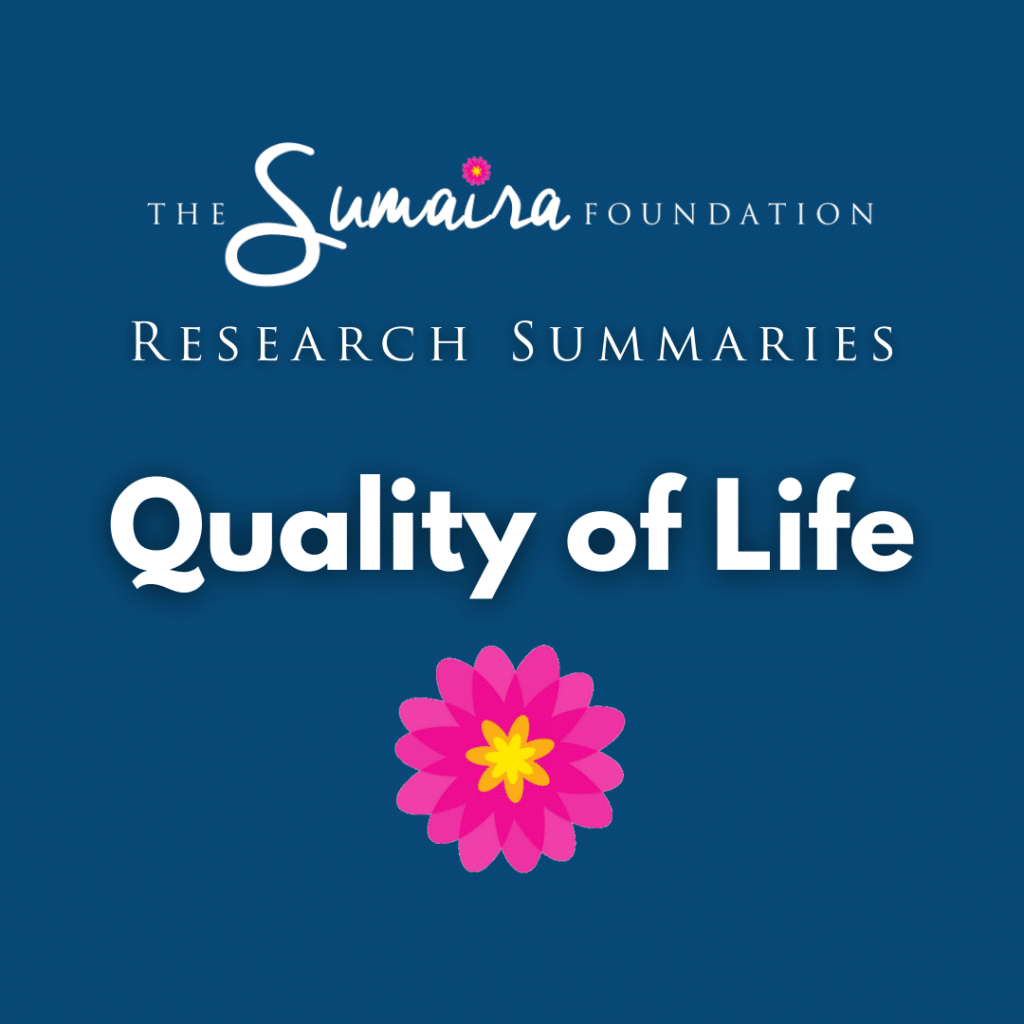
Hope for patients with neuromyelitis optica spectrum disorders – from mechanisms to trials
Journal: Nature Reviews Neurology; October 28, 2021
Author(s): Sean J. Pittock, Anastasia Zekeridou, Brian G. Weinshenker
New research and approved therapies bringing hope to NMOSD patients
Until recently, no regulator-approved therapies were available for NMOSD. Traditional immunosuppressant therapies, including mycophenolate mofetil, azathioprine, and rituximab, were widely used, but their benefits have not been assessed in controlled studies. Recent research has led to an improved understanding of the underlying disease mechanism of NMOSD and has enabled the development of more targeted new therapies. In recent clinical trials, eculizumab, inebilizumab, satralizumab, and rituximab all reduced the risk of relapse, and the former three therapies have now been approved specifically for NMOSD. Because of differences in the study designs, it is difficult to conclude which treatment is preferable. Previous experience with therapy, efficacy, safety, accessibility, cost, and convenience are all factors to be considered in treatment selection. The accessibility and affordability of the newly approved treatments will vary between countries and regions and will influence decisions to start patients on or switch to these drugs. While the rituximab clinical trial included too few patients to quantify its effects in reducing the risk of relapse, the extensive clinical experience with rituximab and its relatively low cost mean that it will remain an important treatment option.
Free Access: Abstract only








